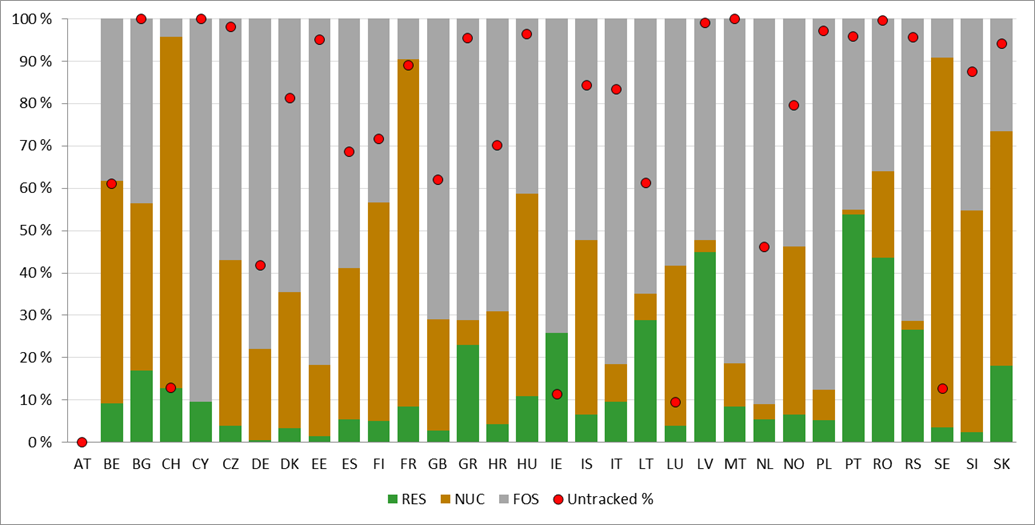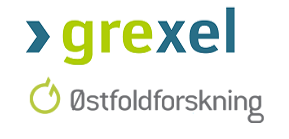2019
The centrally calculated Residual Mixes for 2019 are published here. As in previous years, the calculation has been completed by Grexel on behalf of the AIB.
For the calculation of 2019, the calculation methodology has changed from one based on “Shifted Transaction” to a methodology based on Issuance.
The main driver of the revision was to exclude the purely trading-related cross-border transactions. The results clearly reflect this intention and show that the Residual Mix has changed most in countries with the most trading activity, while the countries with low trading activity have seen their Residual Mixes continuing the same trend as in earlier years with the previous methodology.
On average, the Residual Mixes saw a significant decrease in renewable content (from 12.4% to 9.3%), whereas the European Attribute Mix had a slight increase in renewables (from 2.44% to 4.44%).

All information about this key tool for avoiding double counting of the same amount of electricity from a certain energy source, and the methodology including the development, can be found on the main page of the residual mix. See also the documentation of the new calculation methodology (since the calculation for 2019).
The presence and use of a reliably calculated Residual Mix makes the entire disclosure system trustworthy, by determining and correctly disclosing to consumers who are purchasing a non-specific type of electricity. The concept of Residual Mix is also recognized by the Clean Energy for All Europeans Package proposed by European Commission last November.
To avoid so-called “expanding” of energy origin in all cases where GOs are exported, a coordinated European Attribute Mix needs to be calculated and applied. This is why AIB’s coordination of the EAM calculation complements the HUB service of the AIB extremely well: it informs countries of the origin of the energy they receive in return, when GOs are exported via the AIB HUB. This is a prerequisite for a complete and reliable electricity disclosure scheme, and closes the loop for the HUB service.
At the same time, it is important to remember that Residual Mixes can be seen as an intermediary step towards a full disclosure system where all electricity disclosure is done through GOs. This is supported by AIB’s reflection paper. Indeed, if all electricity was explicitly tracked through GOs (as it is done in Austria), no residual mix would be needed – which would improve the reliability, accuracy, efficiency and credibility of the disclosure system.

